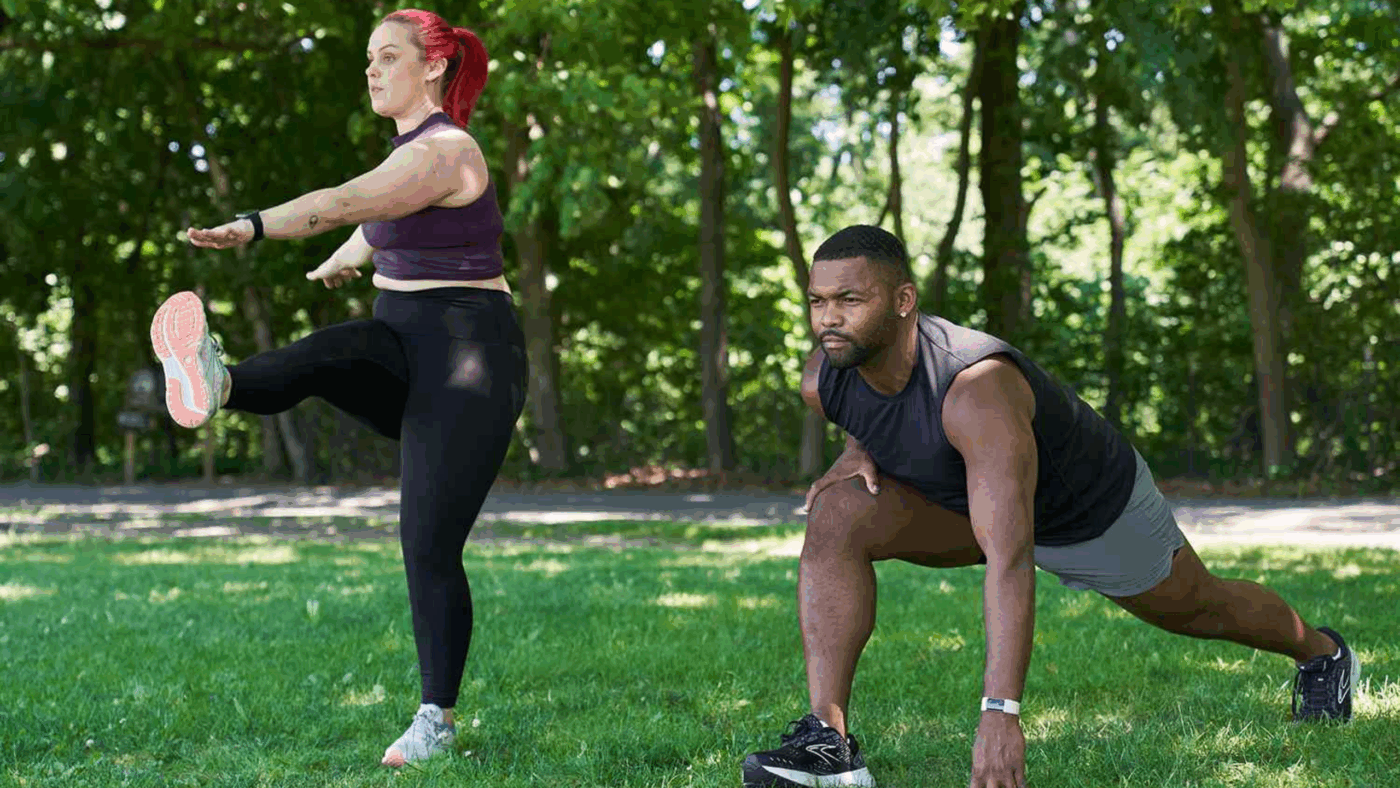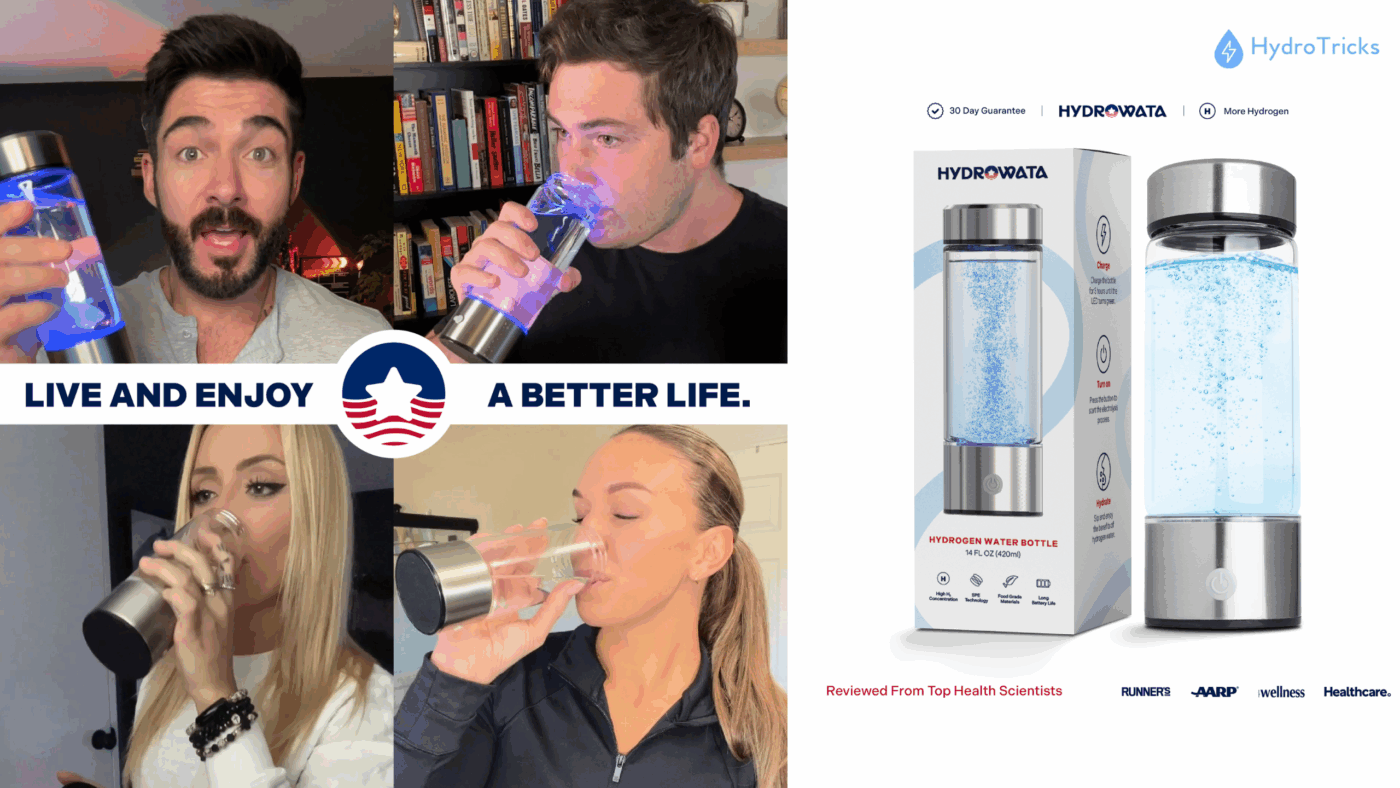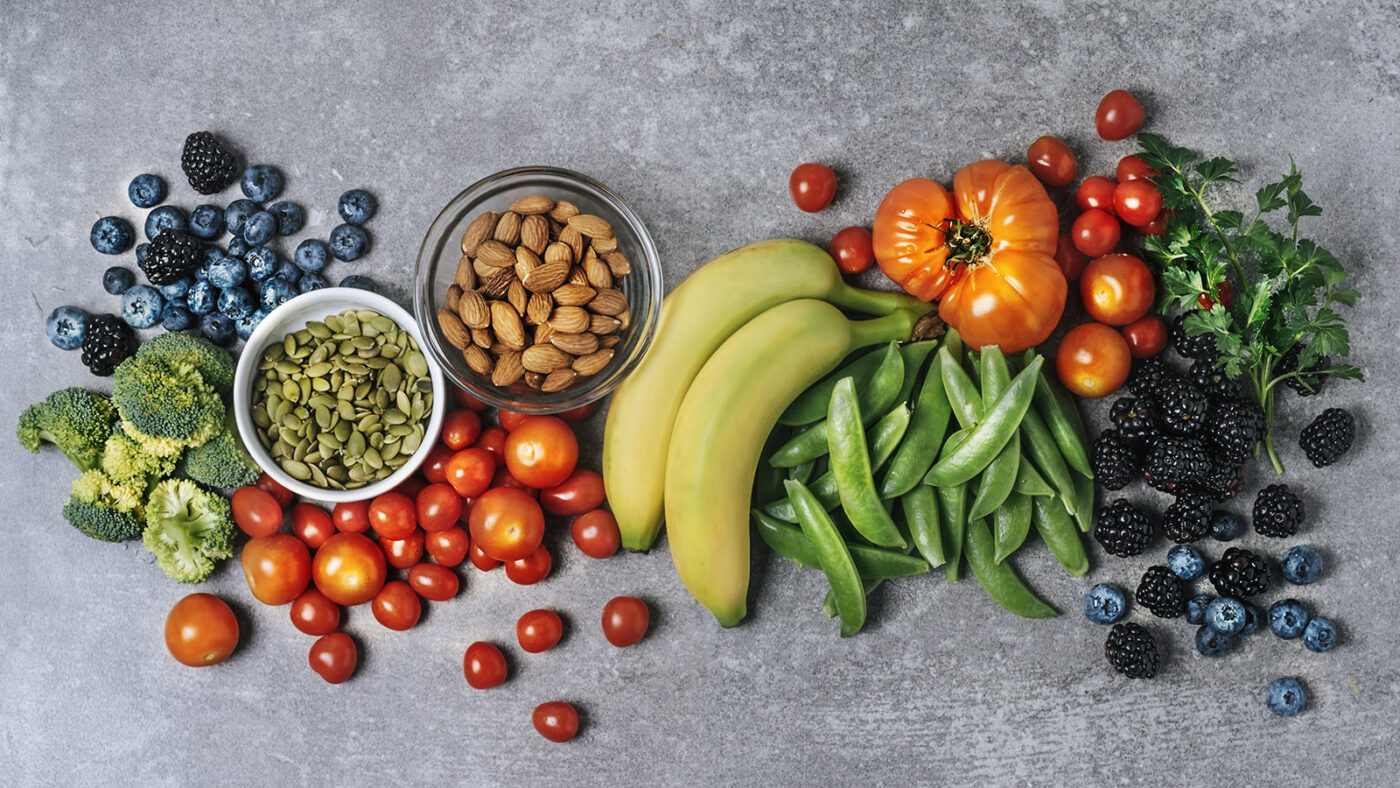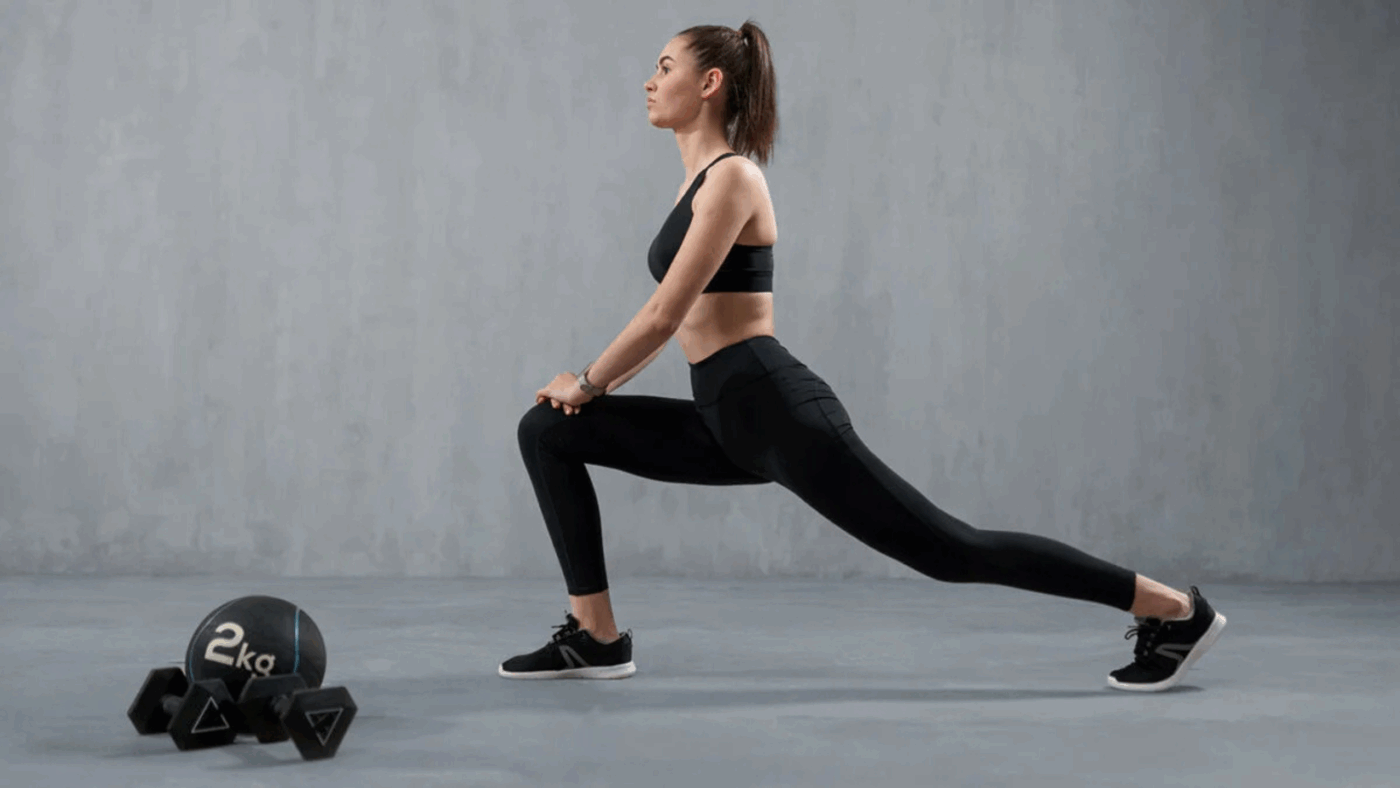Introduction
Starting a fitness journey can feel intimidating, especially when you’re bombarded with complicated routines, strict diets, and influencers showing off six-packs. But here’s the truth: fitness doesn’t have to be extreme or overwhelming, especially in the beginning. The key is to start small, build habits, and stay consistent. Whether your goal is to lose weight, gain strength, improve your energy, or simply feel better in your body, the path begins with simple steps.
This guide is designed for total beginners who are ready to take that first step toward a healthier, more active life. You won’t find crash diets or two-hour workout plans here. Instead, you’ll discover 10 beginner-friendly fitness tips that are realistic, doable, and empowering. Ready to get moving?
1. Start With Small, Achievable Goals
Starting with large, ambitious goals can seem motivating at first, but it’s easy to feel overwhelmed and discouraged when progress doesn’t match your expectations. Instead, begin with small, achievable goals that build confidence and set you up for long-term success. For example, instead of aiming to run 5 miles by the end of the week, try walking for just 15 minutes every day. These small steps help develop consistency and keep you on track. By setting SMART goals—Specific, Measurable, Achievable, Relevant, and Time-bound—you make progress tangible. A goal like “I will walk for 20 minutes three times a week” is concrete and manageable, making it easier to stick with. As you accomplish each goal, you’ll naturally build momentum and gradually raise the bar. These bite-sized victories foster a sense of achievement that propels you toward bigger goals in the future.
2. Find Movement You Actually Enjoy

Fitness doesn’t have to be about forcing yourself into activities you dread; it’s all about finding something that makes you feel good. There’s no one-size-fits-all approach, and if you dislike running but love dancing, that’s perfectly fine! The key is to find movement that feels enjoyable and fits into your life. Activities like hiking, cycling, swimming, or yoga can be great alternatives to traditional workouts. Even something as simple as stretching while watching TV counts as movement! By engaging in something you love, you’re more likely to stay consistent and make fitness a long-term habit. It’s not about following the latest trend or doing what others say is best. It’s about discovering what makes you feel energized and happy. Remember, fitness should be fun, not a burden. When you find your rhythm, exercise becomes a fulfilling part of your daily routine.
3. Focus on Consistency, Not Intensity
Many beginners believe that intense workouts are necessary to see results, but the truth is that consistency matters far more than intensity. You don’t need to push yourself to exhaustion every time you exercise; what’s more important is creating a regular routine that’s sustainable. For instance, walking for 20 minutes every day is more beneficial in the long run than doing an intense workout once a month and then taking weeks off. Start with manageable goals like 2-3 sessions a week, and gradually increase your activity as you build strength and endurance. Consistency creates lasting habits, and the more regularly you move, the more it becomes a natural part of your lifestyle. Think of it as brushing your teeth—you don’t need to do it for hours, but you need to do it consistently. The key to fitness success is creating a habit, not pushing yourself to extremes.
4. Warm Up and Cool Down Every Time

One of the easiest ways to prevent injury and support long-term progress is to never skip your warm-up and cool-down. Warming up before exercise prepares your body for movement by increasing blood flow to your muscles, improving flexibility, and enhancing your performance. A quick 5-10 minute warm-up can include light cardio such as walking, jogging in place, or jumping jacks, along with dynamic stretches to loosen up. After your workout, cooling down is equally important. This phase helps bring your heart rate back to normal, reduces muscle soreness, and aids in recovery. Spend a few minutes with gentle stretches or yoga poses to help your muscles relax. While both the warm-up and cool-down only take a few extra minutes, they can significantly reduce the risk of injury and enhance your body’s recovery, making you feel better and perform better in future workouts.
5. Don’t Skip Strength Training
Strength training is essential, especially as you age. It helps to build muscle, improve metabolism, and increase bone density, all of which contribute to better overall health. Plus, muscle strength plays a significant role in balance and stability, reducing the risk of falls and injuries. Strength training also makes everyday tasks, like lifting groceries or carrying heavy items, easier and more manageable. You don’t need expensive equipment or a gym membership to get started; bodyweight exercises such as squats, lunges, push-ups, and planks are incredibly effective. Aim for at least two strength training sessions per week to start. As you build confidence and strength, you can gradually incorporate resistance bands, dumbbells, or other equipment. Whether you’re focusing on upper body, lower body, or core strength, the benefits are undeniable. Remember, you don’t need to lift heavy weights to get stronger; consistency is key to seeing progress.
6. Stay Hydrated

Staying hydrated is one of the simplest yet most powerful things you can do for your body, especially when you’re starting a fitness journey. Water keeps your joints lubricated, helps regulate your body temperature, transports nutrients, and supports muscle recovery. But if you want to take your hydration to the next level, hydrogen water might be the upgrade you never knew you needed.
Hydrogen water is simply water that’s been infused with molecular hydrogen (H₂), a powerful antioxidant. Studies suggest that hydrogen-rich water may help reduce inflammation, fight oxidative stress caused by exercise, and improve energy levels and endurance. Many athletes and health-conscious individuals are now incorporating hydrogen water into their routines for its recovery and wellness benefits.
That’s where the HYDROWATA hydrogen water bottle comes in. This smart, portable bottle creates fresh hydrogen water in just a few minutes, wherever you are—no bulky machines or complicated steps. With just the push of a button, the HYDROWATA bottle uses advanced electrolysis technology to produce high-concentration hydrogen water that you can drink immediately. It’s rechargeable, leak-proof, and stylish—perfect for both gym sessions and everyday use.
Whether you’re walking, lifting, or stretching, hydration matters—and using a HYDROWATA bottle helps ensure you’re not just drinking enough, but drinking better. It’s a simple switch with powerful benefits for your energy, recovery, and overall health.
7. Fuel Your Body with Nutritious Foods

You don’t need to completely revamp your diet overnight, but what you eat plays a crucial role in fueling your body for exercise and aiding in recovery. Start by focusing on whole, nutrient-dense foods—fruits, vegetables, lean proteins, whole grains, and healthy fats. These foods provide the essential vitamins and minerals that support your energy levels, muscle repair, and overall health.
Before your workout, opt for a light snack that provides quick energy, such as a banana or a slice of whole-grain toast with peanut butter. These options offer a combination of carbs and healthy fats to fuel your body without weighing you down. After exercise, focus on a balanced meal or snack that includes both protein and carbohydrates to help replenish glycogen stores and repair muscle tissue. Proper nutrition isn’t about restriction; it’s about making mindful choices that enhance performance, recovery, and your overall fitness journey.
8. Track Your Progress (But Keep It Simple)
Tracking your fitness journey doesn’t need to be complicated. You can use a notebook, a simple app, or just your phone’s notes section. Record things like how often you move, what exercises you did, or how you felt afterwards.
This helps you see how far you’ve come and keeps you motivated. Just remember—your worth is not defined by numbers. Celebrate effort, not just results.
9. Listen to Your Body

Some soreness is normal, but sharp pain or extreme fatigue is a sign to rest. Rest days are essential for your muscles to recover and grow stronger. If your body is asking for a break, take one.
Overtraining or ignoring pain can lead to burnout or injury. Respect your body’s limits and learn the difference between discomfort from effort and pain from harm.
10. Find Support and Stay Accountable

Having a support system can make your fitness journey more enjoyable and successful. Whether it’s a friend, family member, online group, or personal trainer, having someone to encourage and check in with you makes a big difference.
You can also use social media, fitness challenges, or apps to keep yourself accountable. Just sharing your goals with someone can make you more likely to follow through. Remember, you’re not alone in this—there are plenty of others starting just like you.
Conclusion
Beginning your fitness journey doesn’t have to be overwhelming. With small, consistent steps and a mindset focused on progress rather than perfection, you can build healthy habits that stick. Remember: it’s not about being the fastest or the strongest—it’s about showing up for yourself, one day at a time.
These 10 simple tips can help guide you, but the most important thing is to start. Be kind to yourself, stay patient, and celebrate your wins—big or small. You’ve got this!

